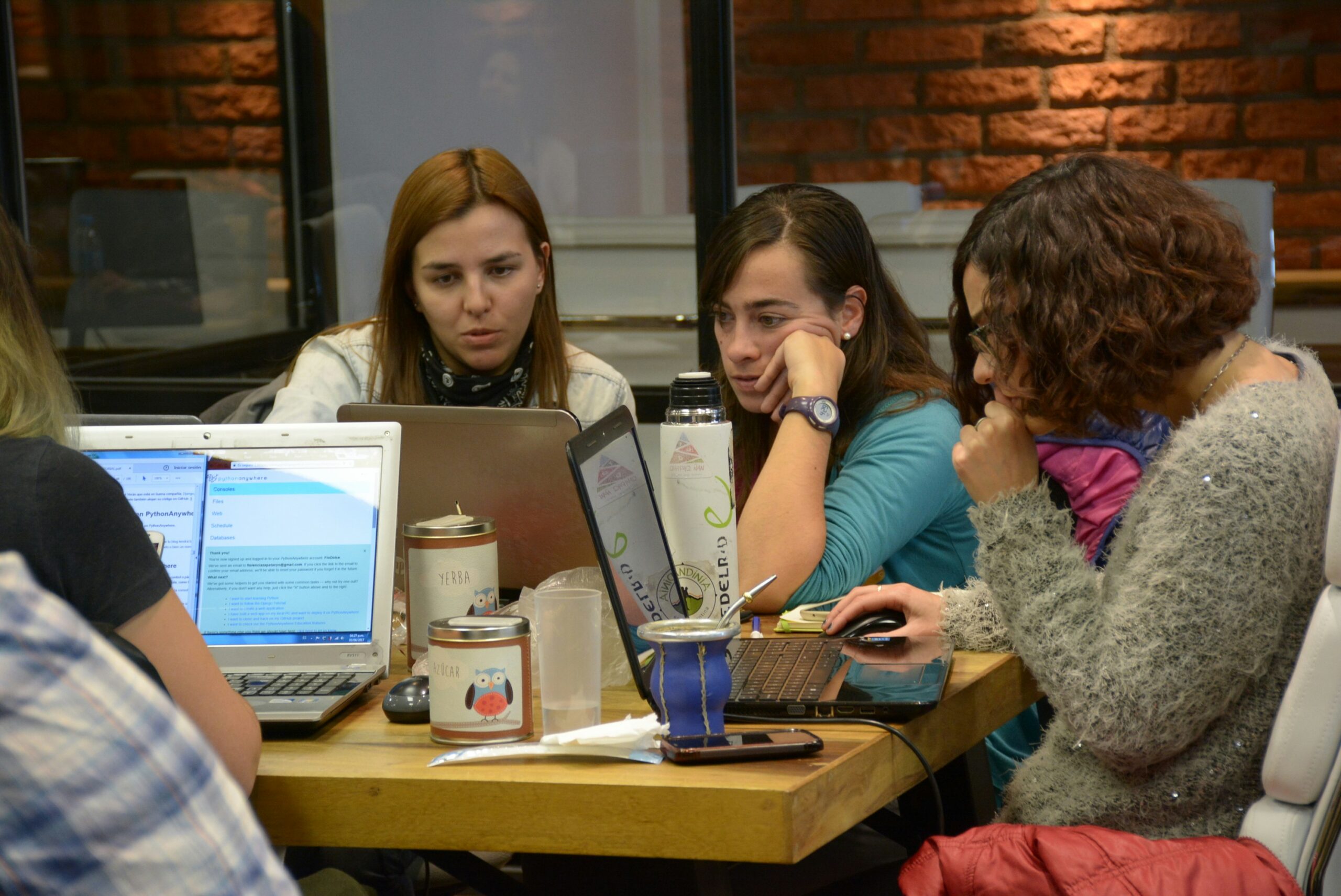
How to Build a Positive Culture and Turn Moans into Momentum
The last few years haven’t been easy at work. Rapid change, remote working, and growing workloads have left many teams feeling stretched and sceptical. Gallup’s 2024 survey shows only 21% of employees strongly trust their leaders – a warning sign that people are switching from problem-solving to problem-spotting.
You can’t lecture a team back into trust but you can shift the everyday behaviours that shape how people talk, think and act together. Here are three practical habits that help whole organisations turn moans into momentum.
1. Swap the rant for “challenge & choice”
Complaints are data: they flag what’s getting in people’s way. The trouble is, most meetings let the moan run on until everyone feels worse. A short “challenge & choice” routine flips the script.
How it works:
- Name the challenge, one sentence each. “Our hand-offs keep slipping between design and dev.”
- Offer a choice, no debate. “We could try a shared checklist” or “We could pair a designer with a dev for the first week.”
- Pick one tiny experiment and commit. Someone owns it, everyone moves on.
Why it helps: The brain goes looking for what you ask it to find. When leaders consistently follow every complaint with “What’s in our control?” people learn to hunt for solutions, not more evidence that nothing will change.
2. Build quick mood resets into the day
Negativity often shows up when people are stressed or feel at risk. In these moments, our brains and bodies shift into protection mode, pumping out cortisol and adrenaline to prepare us for fight, flight or freeze. It’s a useful response in a crisis, but not when you’re trying to run a team.
In this state, people become more reactive, less open, and more likely to focus on problems than possibilities. The good news is, we can interrupt that stress cycle and help teams shift into a more balanced, connected state, one where the nervous system supports clearer thinking, better listening, and more trust. Here are three simple rituals that help with the reset:
- Box breathing: Inhale, hold, exhale, hold for four counts each. Opening a tense meeting with two rounds helps calm the nervous system and settle people into the room.
- Gratitude round: End the week by having each person thank a colleague by name and explain why their actions mattered. This small moment boosts dopamine and oxytocin, the brain chemicals linked to motivation and connection.
- Positive reframe: When a project hits a wall, start the conversation with: “What is working that we can build on?” It encourages broader thinking and keeps the team in a problem-solving mindset, not a blame spiral.
These quick resets take less than two minutes but can have a lasting effect. Used consistently in team meetings, they help to create a workplace rhythm that supports more positive thinking.
3. Switch feedback to feed forward
When pressure rises, teams slip into “safety mode” – people play it safe and focus on avoiding mistakes instead of chasing progress. One way to override that reflex is to weave proactive, future-focused conversations into every project.
That’s where feed forward comes in. Unlike traditional feedback, which looks back at things nobody can change, feed forward helps the team anticipate what they’ll need next and decide how they’ll stay brave when challenges hit. It’s about priming for success rather than dissecting the past.
Try exploring questions like:
- What will our first brave act be?
- Then what will we do?
- What might stop us?
- What will help us if that happens?
By answering these together, teams create a shared picture of what courage looks like before the pressure mounts. When fear creeps in later, everyone knows the plan and can help each other step up instead of stepping back.
Bottom line
To encourage more positive thinking, replace rants with “challenge & choice,” weave in quick mood resets, and trade backward-looking feedback for forward-focused advice. Do it consistently and you’ll see trust rebuild, energy rise and more positive thinking become the norm.
Photo by Look Studio on Unsplash



